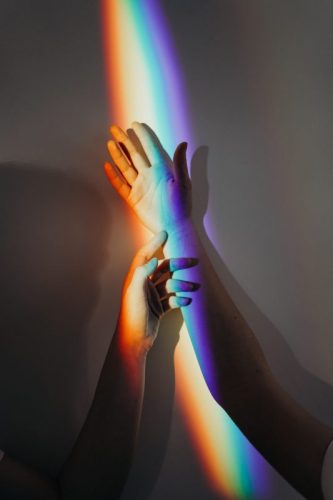Barriers to LGBTQ+ Health
LGBTQ+ Risk Factors for Mental Health Problems
Harassment & Discrimination in Education
-
About three quarters of LGBTQ+ students report having been harassed at school; even worse, 35% have experienced physical assault, and 12% have been the victim of sexual violence at school.
-
Harassment and assault, especially when it occurs in what should be a safe and supportive setting, can have serious impacts on mental health such as fear, anxiety, depression, and post-traumatic stress disorder (PTSD).
Institutional Discrimination
-
The LGBTQ+ population experiences institutional discrimination in a variety of situations and settings such as the workplace and places of worship.
-
LGBTQ+ individuals are frequently denied career advancement or equal compensation compared with their gender-conforming peers, and their unemployment rate is double that of the general population.
Health Disparities
-
Discrimination in health care settings endangers LGBTQ+ people’s lives through delays or denials of medically necessary care. Transgender patients may require medical interventions such as hormone therapy and/or surgery.
-
Other common barriers are discrimination, lack of insurance, lack of cultural competence/sensitivity by health care providers, and socioeconomic barriers such as low income, lack of transportation, and inadequate housing.
Family Rejection
-
Family rejection can also lead to long-lasting psychiatric problems later in life.
-
Rejected individuals may develop depression and low self-esteem and may turn to alcohol, cigarettes, or drugs, smoking cigarettes to cope.
History of Trauma
-
Many individuals in the LGBTQ+ population have experienced past physical assault and harassment.
-
Past trauma compounds any current trauma, exacerbating anxiety about future safety, especially in a political climate that feels hostile.
Microtraumas/Microaggressions
-
People who identify as LGBTQ+ often experience brief, subtle expressions of hostility or discrimination.
While microaggressions are often associated with racial/ethnic minorities, they can also impact LGBTQ+ and other marginalized populations, and cumulatively they can take a toll on mental and physical health. -
LGBTQ+ people who experience microtraumas may not meet diagnosable criteria for PTSD yet suffer tremendously from minority stressors such as from internalized phobia, rejection sensitivity, marginalization, and discrimination both in their personal life and health care settings.


